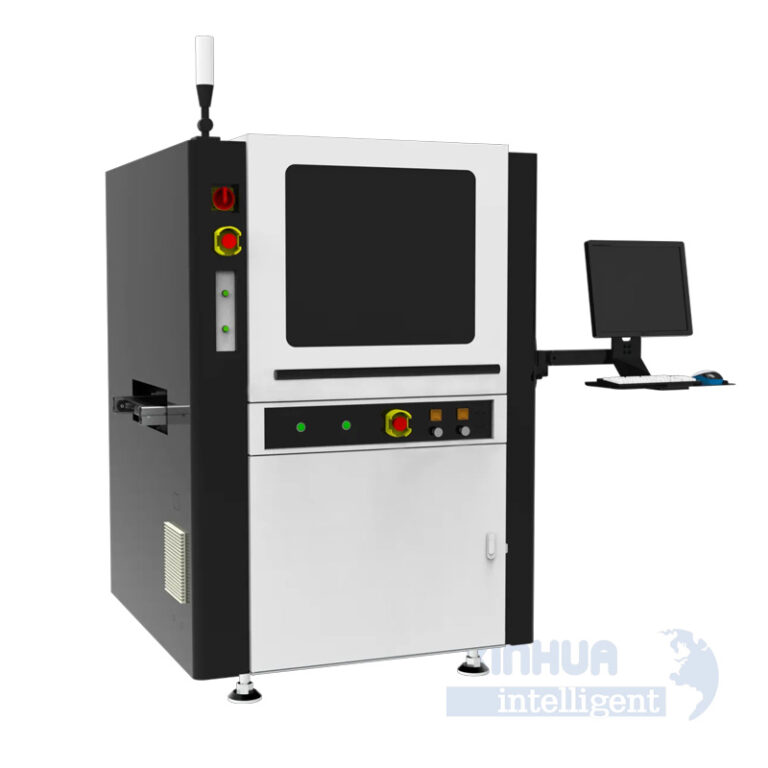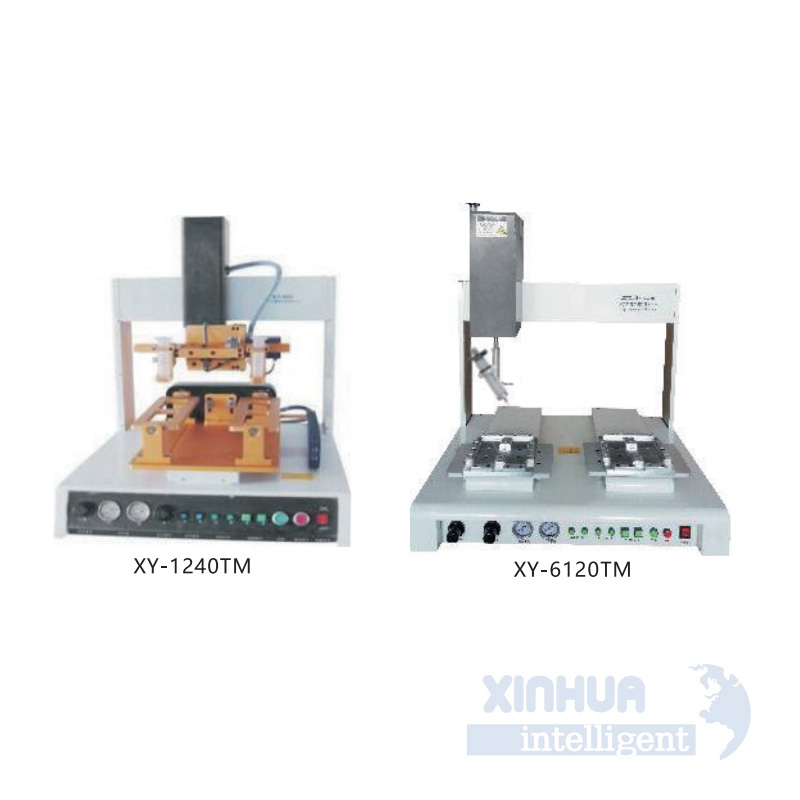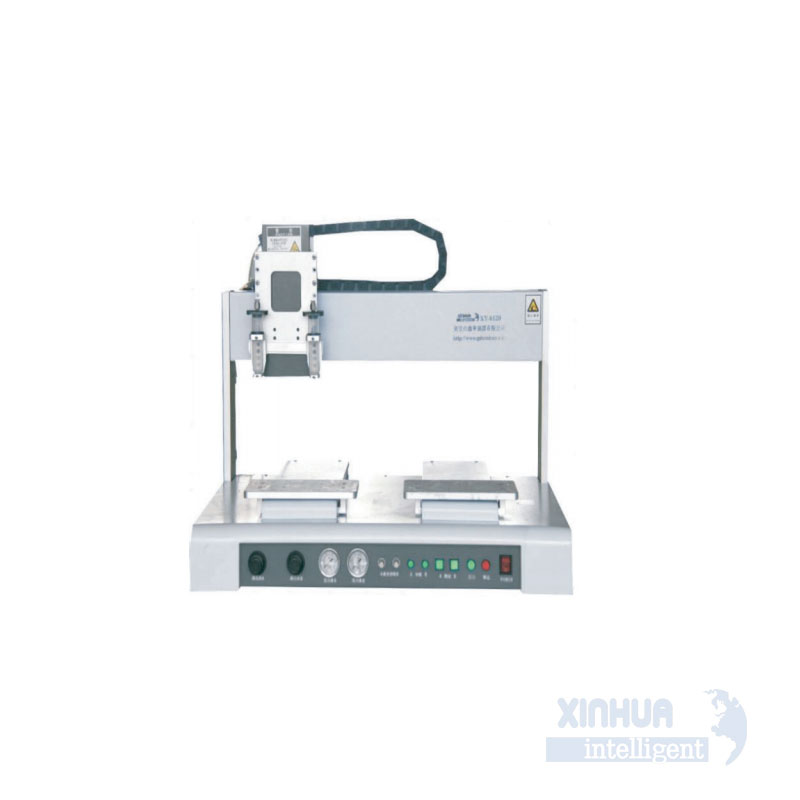
Optimizing Efficiency: The Role of Inline Screw Tightening Stations in Modern Manufacturing
In the fast-paced world of industrial manufacturing, precision and efficiency are paramount. One critical area where these values converge is in screw tightening operations. While seemingly simple, improper or inconsistent screw tightening can lead to costly rework, product recalls, and even safety hazards. To address these concerns, many manufacturers are turning to inline screw tightening stations—automated systems designed to integrate seamlessly into production lines for accurate, traceable, and repeatable fastening tasks.
This article explores the common challenges associated with manual and semi-automated screw tightening, presents practical technical solutions enabled by inline systems, and highlights real-world applications across industries. Finally, we conclude with a call to action for companies seeking reliable automation partners.
—
1. Common Pain Points or Challenges in Screw Tightening Operations
Despite advancements in automation technology, many manufacturers still rely on manual screw tightening processes. However, this approach comes with several limitations:
A. Inconsistent Torque Application
Manual screwdrivers lack the precision required for high-tolerance applications. Variations in operator strength, fatigue, and technique can result in under-tightened or over-tightened screws, leading to joint failure or component damage.
B. Lack of Traceability
Manual operations typically offer no built-in data logging or quality tracking. This absence of traceability makes it difficult to identify root causes when defects occur, especially in regulated industries like automotive or aerospace.
C. Low Throughput and Bottlenecks
Human operators cannot match the speed and consistency of automated systems. As production volumes increase, manual screw tightening becomes a bottleneck that limits overall line efficiency.

D. Labor Intensity and Operator Fatigue
Repetitive screw driving tasks can cause physical strain on workers, increasing the risk of ergonomic injuries and reducing job satisfaction. High turnover in such roles further impacts productivity.
E. Quality Control Risks
Without automated verification, there’s always a risk of missing or incorrectly tightened screws. These errors may not be detected until later stages of production or even post-delivery, resulting in costly rework or field failures.
These challenges underscore the need for a more controlled, intelligent, and integrated solution—enter the inline screw tightening station.
—
2. Practical and Technical Solutions Offered by Inline Screw Tightening Stations
Inline screw tightening stations represent a significant leap forward in fastening automation. Designed to operate within continuous production lines, these systems combine robotics, torque control, and data analytics to deliver consistent, high-quality results.
A. Precision Torque Control
Modern inline stations utilize electric screwdrivers with closed-loop torque feedback systems. These tools ensure each screw is tightened to exact specifications, minimizing variability and meeting ISO standards for assembly quality.
B. Multi-Axis Robotic Integration
Advanced systems integrate multi-axis robotic arms capable of reaching complex geometries and tight spaces. With programmable motion paths, they can adapt to different product models without requiring extensive retooling.
C. Real-Time Data Logging and Analytics
Every screw tightening event is recorded, including torque values, angle of rotation, and pass/fail status. This data can be stored and analyzed for statistical process control (SPC), enabling proactive maintenance and quality assurance.
D. Part Recognition and Tool Verification
Using vision systems or RFID tags, inline stations can verify part types and tool configurations before starting operations. This ensures the correct tightening parameters are applied to each specific component.
E. Error Proofing and Andon Systems
Integrated sensors and logic controllers prevent incorrect sequences or missed screws. If an error is detected, the system can pause the line and alert operators via visual or auditory signals—an essential feature for zero-defect manufacturing.
F. Scalability and Flexibility
Modular designs allow manufacturers to scale their inline stations as production demands grow. Quick-change tooling and software-based parameter adjustments enable rapid changeovers between product variants.
By addressing the pain points of traditional methods, inline screw tightening stations enhance both product quality and operational efficiency.
—
3. Real-World Applications Across Industries
The versatility and reliability of inline screw tightening stations make them suitable for a wide range of applications. Here are a few examples from key industries:
A. Automotive Manufacturing
In automotive assembly lines, inline screw tightening stations are used to secure components such as engine covers, transmission housings, and electronic modules. These systems ensure compliance with strict torque specifications and provide full traceability for quality audits.
For example, a major automotive OEM implemented inline stations for tightening battery pack screws in electric vehicles. The system reduced cycle time by 40% and eliminated human error in torque application, directly contributing to improved first-pass yield.
B. Consumer Electronics
Consumer electronics manufacturers face intense pressure to maintain miniaturization while ensuring durability. Inline screw tightening stations handle tiny screws with high precision, often using micro-servos and vacuum-assisted screw feeding systems.
One smartphone manufacturer integrated an inline system into its final assembly line, achieving a 99.98% accuracy rate in screw placement and tightening. The system also logged each operation for batch-level quality tracking.
C. Industrial Equipment and Machinery
Heavy machinery producers use inline stations to assemble gearboxes, hydraulic units, and control panels. These environments demand robust tools capable of handling high-torque requirements while maintaining positional accuracy.
A global manufacturer of agricultural equipment deployed inline screw tightening robots to assemble tractor transmissions. The system improved repeatability and reduced rework due to improper bolt tensioning.

D. Aerospace and Defense
In safety-critical industries like aerospace, every fastener must meet rigorous standards. Inline screw tightening stations provide documented proof of correct installation, which is crucial for regulatory compliance.
An aircraft component supplier introduced an inline system with dual-axis robots to tighten screws on avionics enclosures. Each operation was verified through torque-angle curves, ensuring full adherence to AS9100 quality management standards.
These case studies illustrate how inline screw tightening stations are transforming manufacturing across sectors, delivering measurable improvements in quality, speed, and cost-efficiency.
—
4. Conclusion and Call to Action
As manufacturing continues to evolve toward Industry 4.0, inline screw tightening stations are becoming indispensable tools for achieving precision, consistency, and traceability in fastening operations. By automating one of the most repetitive yet critical steps in assembly, these systems reduce human error, improve throughput, and support data-driven decision-making.
If you’re looking to upgrade your production line with a reliable, scalable, and intelligent inline screw tightening solution, look no further than Xinhua Intelligent. With years of experience in automation engineering and a comprehensive portfolio of smart tightening systems, Xinhua Intelligent offers tailored solutions designed to meet the unique needs of your manufacturing environment.
From initial consultation to deployment and ongoing support, our team ensures seamless integration, optimal performance, and long-term ROI. Whether you’re assembling consumer electronics, automotive parts, or industrial machinery, Xinhua Intelligent provides the technology and expertise to elevate your production capabilities.

Contact us today to schedule a consultation and discover how our inline screw tightening stations can transform your manufacturing process.
—
Keywords: Inline screw tightening station, automated screwdriver, torque control, manufacturing automation, Xinhua Intelligent, industrial robotics, precision assembly, quality control, smart manufacturing.
